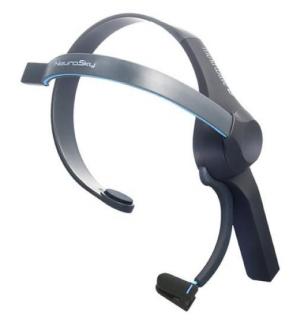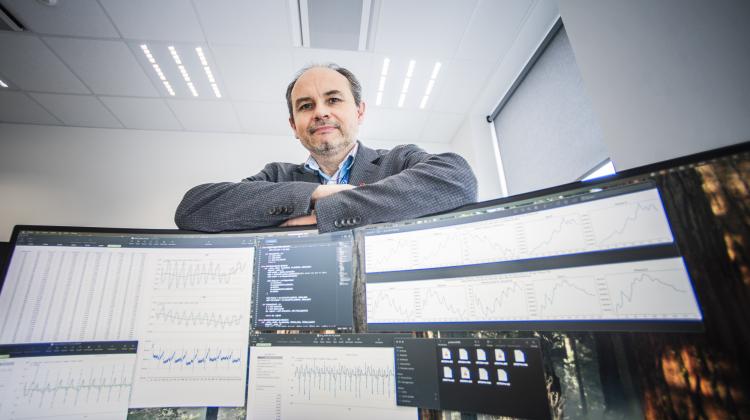One of the main goals of film makers is to make motion pictures that attract the largest audiences. There is a straightforward relation between how popular a movie is and how big the box office revenues are (in 2015, $38 billion). The movie making industry may attribute these fat profits to popular flicks and effective distribution. However, the history of film abounds with examples that just go to show that big budgets do not in themselves guarantee big movie theatre attendance and that high-budget features frequently turn out to be a flop.
How do film makers improve picture quality?
An important moment in the production process is when the production team reviews the first edited version of the material. In the process, spots that require improvement or modification are identified. Each movie maker strives for the best possible final outcome that satisfies the viewer's expectations in terms of both technique and aesthetics. These days, features are assessed by a group of experts who make their judgments based on their experience and their gut feeling. This subjectivity entails the risk of misjudgment and huge financial loss.
Automatic model of picture control system
The experimental setup designed for investigating picture quality enables tracking of visual fixation on the picture and, thus, to capturing its parameters. It's possible to plot fixation points of a single viewer as well as of a group of them.
Of course, by tracking objects that the viewer concentrates on, it's possible to infer indirectly which regions of the scene in the picture the viewer's attention is directed to. The setup described here will be further developed for picture quality improvement.
The team of researchers from the Institute of Information Technology in the Faculty of Technical Physics, Information Technology and Applied Mathematics come to offer succour. The team have been working on developing and automatic picture control system. The scientists hope to eliminate potential errors by increasing the objectivity of the assessment process.
The setup designed at Lodz University of Technology allows the user to employ a number of devices that track the viewer's responses during film watching.
Eyetribe i Mindwave
The setup is made of the two primary components. The component that records the behaviour and responses of viewers (conditioned and unconditioned) and the component that enables the analysis and diagnosis of the collected data.
The component tracking the parameters that determine image quality records preprogrammed characteristics at the highest possible frequency and accuracy. The device called EyeTribe was used for tracking eye movements of the viewer.
.
The device is a low budget oculograph (gaze tracking device). In addtion, a Mindwave device was used to read, record and process brainwaves. To enable measuring how captivated the viewer is, it was really important to check what responses were possible to record during the film screening.
How is the TUL's innovation useful?
The experimental setup designed for investigating picture quality enables tracking of visual fixation on the picture and, thus, to capturing its parameters. It's possible to plot fixation points of a single viewer as well as of a group of them.
Of course, by tracking objects that the viewer concentrates on, it's possible to infer indirectly which regions of the scene in the picture the viewer's attention is directed to. The setup described here will be further developed for picture quality improvement.






